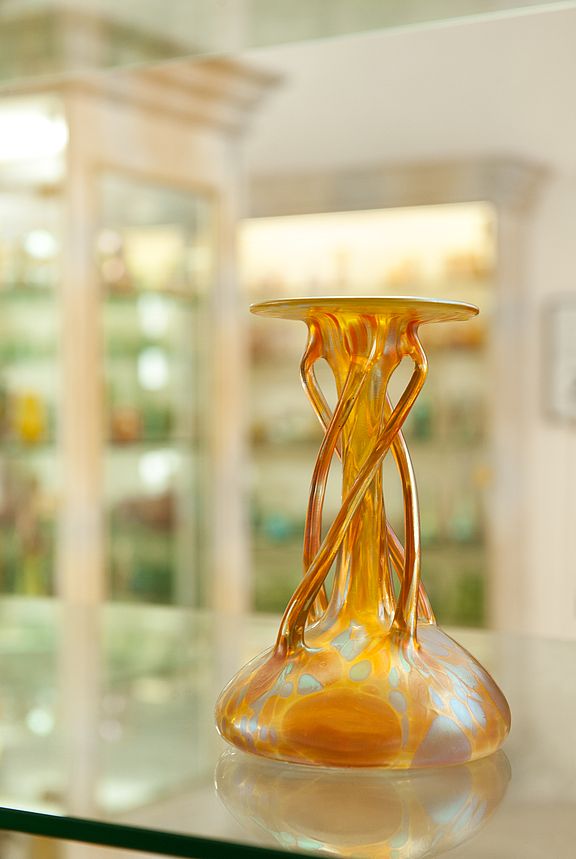European Glass – Outstanding glassware from Bohemia and Silesia
One of the most important chapters in the history of glassmaking was written in the glass workshops in Central Europe, in Bavaria, Bohemia, Austria and Silesia.
With their glass art, Bohemia and Silesia were able to give their most substantial contribution to the emergence of modern European culture. Never before in the millennium-long history of glass had such artistic heights been achieved as between the years 1650 and 1950,
The Passau Glass Museum is home to the world’s largest collection of European glass. Over 30,000 exhibits provide a comprehensive overview of the various periods of glass art from Baroque, Rococo, Empire, Biedermeier, Historicism, Art Nouveau and Art Déco.
The collection focusses on the heydays of glassmaking in the 19th century to Art Nouveau.
The collection of glassware gives detailed insights into the production of individual workshops and their development, from their emergence to their decline.
In 1985, the Glass Museum Passau was opened by Neil A. Armstrong, the first man on the moon. Georg Höltl (1928-2016), founder of the museum, and is also the inventor of the world-renowned Rolling Hotels.
Within two years, Georg Höltl had the four-building complex in the old town, including the traditional “Hotel Wilder Mann”, lovingly renovated with exemplary preservation of the historical building fabric, creating an imposing home for the Bohemian glassware.Glass Museum Passau was awarded the Adalbert Stifter Prize and is entered into the national directory of valuable cultural assets.
Karl Fürst von Schwarzenberg:
“I have seen many glass collections around the world,
but none like this.”
Friedrich Dürrenmatt nannte das Glasmuseum Passau
“I am here in the world's most beautiful house of glass".



